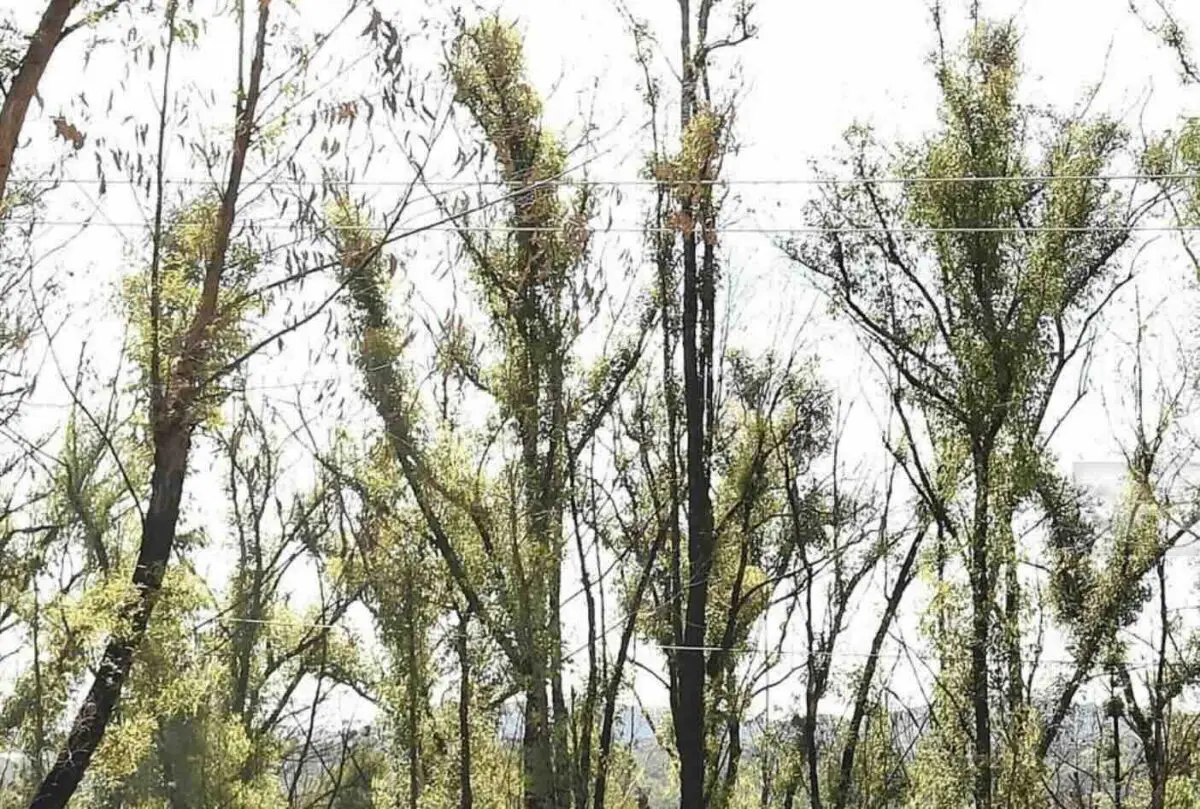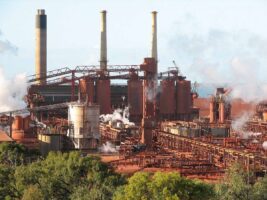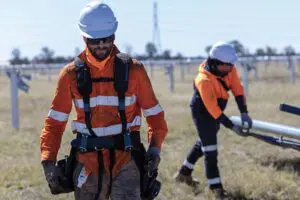Carbon credit projects that claim to fight climate change by regrowing Australia’s forests are largely failing, new research has found.
Ten academics from three universities have published a paper that promises to reignite debate over the integrity of Australia’s carbon credits.
They analysed 182 projects that use the controversial human-induced regeneration (HIR) method to generate carbon credits for the offset market.
HIR projects are supposed to capture and lock up carbon over time, by regenerating native forests though land use changes.
It’s not about planting trees. Typically it’s about allowing for natural renewal and stopping activities like cattle grazing that might suppress regrowth.
But the new paper, published in a prestigious international journal, found the projects are largely failing and forests are not regenerating as anticipated.
Researchers say that’s entirely unsurprising to them, given the projects are mainly located in dry, outback areas in Queensland, NSW and Western Australia.
“Almost 80 per cent of the projects experienced negative or negligible change in tree cover over the study period,” says Australian National University professor Andrew Macintosh, who worked on the paper.
“The projects in the study received more than 27 million credits over the period of analysis and most of them claim regeneration started around 2010 to 2014.
“Their effects on woody vegetation cover should be very clear by now but the data suggest tree cover has barely increased at all and, in many cases, it has gone backwards.”
Overall, woody cover increased by just 0.8 per cent, forest cover was up by 3.6 per cent, and sparse woody cover was down by 2.8 per cent.
ANU professor Don Butler led the statistical analysis in the study and says vegetation changes largely mirrored what was happening in surrounding areas that were not generating carbon credits.
He says that suggests changes have more to do with external factors, like rainfall.
There’s an enormous price to pay if carbon credit projects don’t actually offset the emissions of the companies that buy them, Megan Evans from UNSW Canberra warns.
“It makes climate change worse,” she said.
Prof Macintosh has previously made serious allegations about the integrity of Australia’s carbon credits, branding the market a rort.
An independent review of the carbon credit scheme in 2023 did not support the view it was fundamentally flawed, but did make a series of recommendations to boost transparency and integrity.
It found the HIR method was sound.
But it said projects should be face more transparent assessment to ensure carbon sequestration is verifiable and that project areas will become permanent native forest as a direct result of management.
The new research has been published in Communications Earth & Environment, a peer reviewed, open access scientific journal published by Nature Portfolio.
It’s based on the government’s own dataset derived from satellite imagery that’s reflected in Australia’s national greenhouse accounts.
AAP










